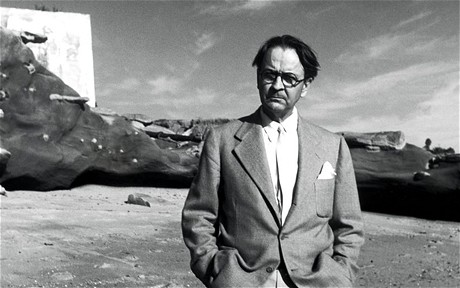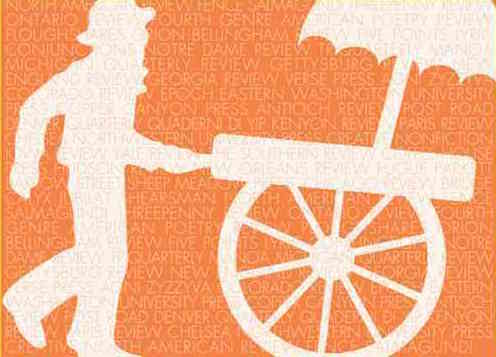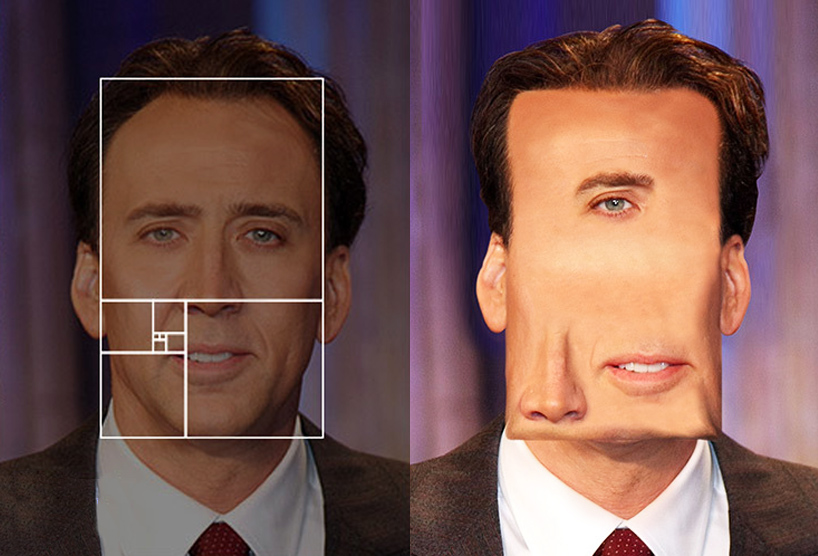The full length sex videosGreat American Road Trip has almost always been fueled by gasoline.
But soon it will be possible to traverse the United States in vehicles running on electricity, hydrogen and other cleaner fuels.
The Obama administration on Thursday unveiled 55 new highway corridors spanning 85,000 miles that indicate where drivers can stop to charge their electric cars or fill their tanks with compressed natural gas.
New interactive maps and highway road signs are designed to help drivers of cleaner cars leave their neighborhoods and travel longer distances, according to the Department of Transportation's Federal Highway Administration (FWHA).
 Original image has been replaced. Credit: Mashable
Original image has been replaced. Credit: Mashable Along with higher costs, a major reason more Americans haven't traded in their gas guzzlers is the lack of refueling options for alternative vehicles. If you can only afford one car, why would you pick the one that might not make it on the interstate?
The U.S. has roughly 153,000 gas stations scattered across the country, but only about 16,000 public electric charging stations and roughly 6,000 stations for natural gas, hydrogen or biodiesel.
"Many drivers of alternative-fuel or zero-emission vehicles may not currently know where they can drive their vehicles outside of urban areas, for fear they won’t be able to find the right kind of fueling station," Federal Highway Administrator Gregory Nadeau told Mashable.
Yet energy companies are steadily installing more alternative fueling stations to meet the growing demand for alternative cars. Tesla Motors, for instance, has installed its own network of more than 730 battery charging stations across North America, Europe and parts of Asia.
 Original image has been replaced. Credit: Mashable
Original image has been replaced. Credit: Mashable Under the Obama administration, U.S. state and federal agencies have awarded billions of dollars in grants and loans to help build fueling networks and reduce U.S. greenhouse gas emissions from transportation.
"By making it easier for such drivers to use the interstate system, this network of alternative fuel corridors will empower a growing segment of the driving public," Nadeau said in an email.
The FHWA-designated corridors mark the routes where electric and alternative fueling stations are available every 50 miles. The stations must also be located within 5 miles of the designated route.
 Original image has been replaced. Credit: Mashable
Original image has been replaced. Credit: Mashable On the new maps, green lines indicate where fueling stations are currently available. Brown dashes show where stations will go up within weeks or a few months.
The agency also designed blue road signs for states to install along the routes, similar to the road signs that alert drivers to upcoming rest stops or restaurants.
"Alternative fuels and electric vehicles will play an integral part in the future of America’s transportation system,” U.S. Transportation Secretary Anthony Foxx said in a statement.
"We have a duty to help drivers identify routes that will help them refuel and recharge those vehicles, and designating these corridors on our highways is a first step," he said.
(Editor: {typename type="name"/})
 Ireland fines TikTok $600 million for sharing user data with China
Ireland fines TikTok $600 million for sharing user data with China
 Staff Picks: Barba, Norris, T.H. White
Staff Picks: Barba, Norris, T.H. White
 Staff Picks: Barba, Norris, T.H. White
Staff Picks: Barba, Norris, T.H. White
 Raymond Chandler, Environmentalist
Raymond Chandler, Environmentalist
The Dark Web: What is It and How To Access It
Suzanne Farrell Comes to the New York Public Library
 A Whale in Her Own OceanBy Jeff SeroyMay 12, 2015On DanceSuzanne Farrell at the New York Public Libr
...[Details]
A Whale in Her Own OceanBy Jeff SeroyMay 12, 2015On DanceSuzanne Farrell at the New York Public Libr
...[Details]
The Enduring Power of Frederic Leighton‘s “Flaming June”
 Still Flaming After All These Years, and Other NewsBy Dan PiepenbringJune 12, 2015On the ShelfFreder
...[Details]
Still Flaming After All These Years, and Other NewsBy Dan PiepenbringJune 12, 2015On the ShelfFreder
...[Details]
 Another Day, Another Doll HeroBy Sadie SteinMay 7, 2015Our Daily CorrespondentH. Schönhauser, Mädche
...[Details]
Another Day, Another Doll HeroBy Sadie SteinMay 7, 2015Our Daily CorrespondentH. Schönhauser, Mädche
...[Details]
Norrie vs. Diallo 2025 livestream: Watch Madrid Open for free
 TL;DR:Live stream Norrie vs. Diallo in the 2025 Madrid Open for free on RTVE. Access this free strea
...[Details]
TL;DR:Live stream Norrie vs. Diallo in the 2025 Madrid Open for free on RTVE. Access this free strea
...[Details]
 Party of OneBy Sadie SteinJune 11, 2015Our Daily CorrespondentNot long ago, I picked up a fifty-cent
...[Details]
Party of OneBy Sadie SteinJune 11, 2015Our Daily CorrespondentNot long ago, I picked up a fifty-cent
...[Details]
Zadie Smith, Dorothea Lasky & Jane Hirshfield Win Pushcarts
 Our Latest Pushcart Prize WinnersBy Dan PiepenbringMay 12, 2015BulletinWe’re delighted to announce t
...[Details]
Our Latest Pushcart Prize WinnersBy Dan PiepenbringMay 12, 2015BulletinWe’re delighted to announce t
...[Details]
The Golden Ratio—Not Always a Thing of Beauty
 Tarnishing the Golden Ratio, and Other NewsBy Dan PiepenbringJune 5, 2015On the ShelfIgor Kochmala d
...[Details]
Tarnishing the Golden Ratio, and Other NewsBy Dan PiepenbringJune 5, 2015On the ShelfIgor Kochmala d
...[Details]
Best smartwatch deal: Get an Apple Watch Series 9 for 34% off
 SAVE $158.01:As of Feb. 19, get the Apple Watch Series 9 for $370.99 at Best Buy, down from its usua
...[Details]
SAVE $158.01:As of Feb. 19, get the Apple Watch Series 9 for $370.99 at Best Buy, down from its usua
...[Details]
Remembering Playmobil’s Founder, Horst Brandstaetter
 Playmobil Fun ClubBy Sadie SteinJune 10, 2015Our Daily CorrespondentPhoto: Merete Sanderhoff, from V
...[Details]
Playmobil Fun ClubBy Sadie SteinJune 10, 2015Our Daily CorrespondentPhoto: Merete Sanderhoff, from V
...[Details]
接受PR>=1、BR>=1,流量相当,内容相关类链接。